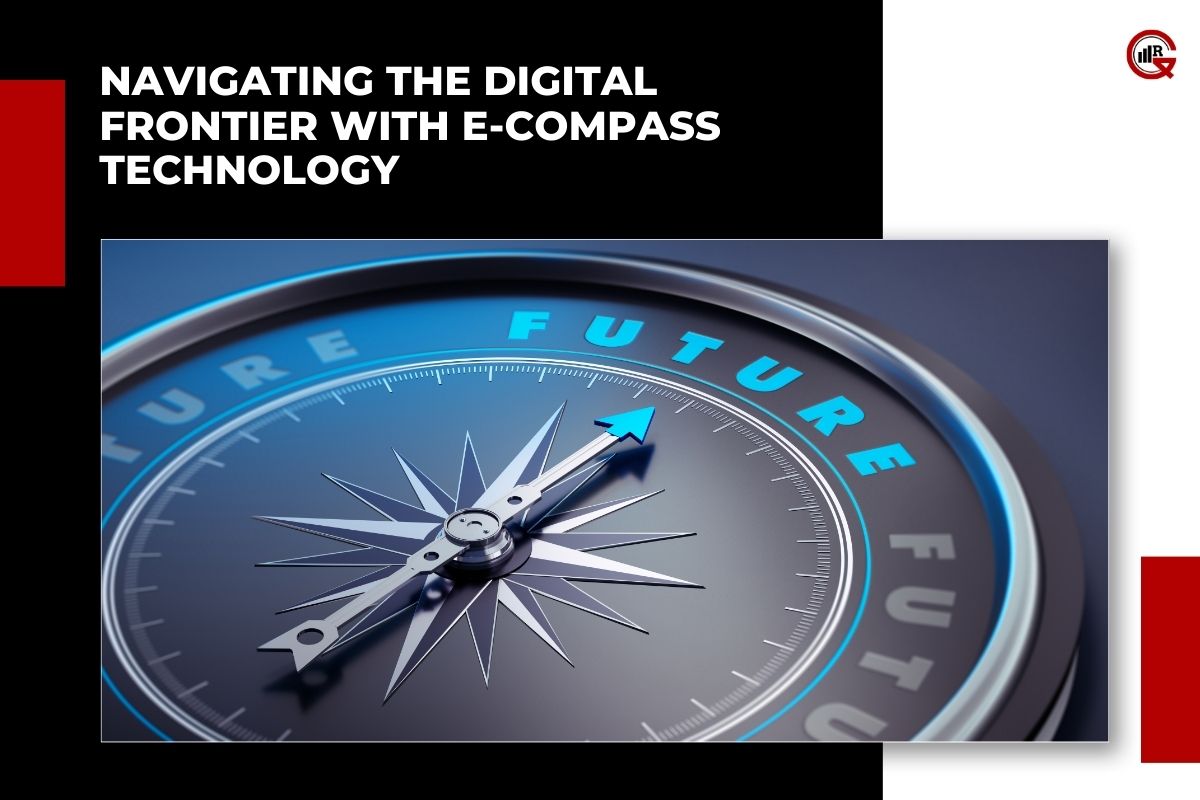In recent years, online digital lending platforms have emerged as a popular alternative to traditional banking institutions for accessing credit. These platforms leverage technology to streamline the lending process, making it faster, more convenient, and often more accessible to a wider range of borrowers. However, like any financial service, online digital lending platforms come with their own set of advantages and disadvantages. In this article, we explore the pros and cons of these platforms to help borrowers make informed decisions.
Pros of Online Lending Platforms:
1. Accessibility:
One of the most significant advantages of online digital lending platforms is their accessibility. These platforms are often more inclusive than traditional banks, catering to a wider range of borrowers, including those with limited credit history or lower credit scores. By leveraging alternative data sources and innovative underwriting algorithms, digital lenders can evaluate borrowers’ creditworthiness more holistically, allowing more people to access credit when they need it.
2. Speed and Convenience:

Online lending platforms offer a streamlined application and approval process compared to traditional banks. Borrowers can complete the entire loan application process online, from filling out forms to uploading documents to receiving approval decisions, often within a matter of hours or even minutes. This speed and convenience make online lending platforms an attractive option for borrowers who need quick access to funds for urgent expenses or opportunities.
3. Transparency:
Online lending platforms typically offer greater transparency compared to traditional banks. Borrowers can easily access information about loan terms, interest rates, fees, and repayment schedules before applying for a loan. This transparency helps borrowers make informed decisions and understand the full cost of borrowing, reducing the risk of hidden fees or surprises down the line.
4. Flexible Loan Products:
Many online lending platforms offer a variety of loan products tailored to meet the diverse needs of borrowers. From personal loans to business loans to peer-to-peer lending, borrowers can choose the type of loan that best fits their needs and financial situation. Additionally, digital lenders often offer flexible repayment options, including customizable loan terms and automatic repayment schedules, to accommodate borrowers’ preferences and budgets.
5. Innovation and Technological Advancements:

Online lending platforms are at the forefront of financial technology (fintech) innovation, leveraging advanced algorithms, artificial intelligence, and big data analytics to improve the lending process. These technological advancements enable digital lenders to assess credit risk more accurately, streamline operations, and enhance customer experiences, ultimately benefiting borrowers with faster approvals, lower costs, and improved access to credit.
Cons of Online Digital Lending Platforms:
1. Higher Interest Rates:
One of the main drawbacks of online digital lending platforms is that they often charge higher interest rates compared to traditional banks. The convenience and accessibility of these platforms come at a cost, and borrowers may end up paying higher interest rates to offset the risk associated with lending to a broader range of borrowers. As a result, borrowers with lower credit scores or higher risk profiles may face significantly higher borrowing costs.
2. Lack of Personalized Service:
While online digital lending platforms offer convenience and efficiency, they often lack the personalized service and human touch provided by traditional banks. Borrowers may miss out on the opportunity to speak with a loan officer or financial advisor who can provide personalized guidance and support throughout the lending process. This impersonal nature of online lending platforms can be a disadvantage for borrowers who value face-to-face interactions and personalized advice.
3. Limited Regulatory Oversight:
Online digital lending platforms operate in a relatively new and rapidly evolving regulatory environment, which may lead to limited oversight and consumer protection compared to traditional banks. Some digital lenders may operate in regulatory gray areas or exploit loopholes to avoid compliance with consumer protection laws, exposing borrowers to potential risks such as predatory lending practices, hidden fees, or unfair lending terms.
4. Data Privacy and Security Concerns:

As with any online financial transaction, data privacy and security are significant concerns for borrowers using digital lending platforms. These platforms collect and store sensitive personal and financial information, raising the risk of data breaches, identity theft, or unauthorized access. While reputable digital lenders implement robust security measures to protect customer data, the risk of cyberattacks and data breaches remains a potential downside of using online lending platforms.
5. Risk of Overborrowing:
The convenience and accessibility of online digital lending platforms can make it easier for borrowers to overborrow and accumulate excessive debt. Without the oversight of a financial advisor or loan officer, borrowers may be tempted to take out loans beyond their means or use multiple loans to finance lifestyle expenses or non-essential purchases. This can lead to financial strain, debt problems, and ultimately, default on loan obligations.
Conclusion:
Online digital lending platforms offer numerous benefits, including accessibility, speed, transparency, flexibility, and technological innovation. However, they also come with drawbacks such as higher interest rates, lack of personalized service, limited regulatory oversight, data privacy concerns, and the risk of overborrowing. Borrowers considering using online digital lending platforms should weigh these pros and cons carefully and conduct thorough research to choose a reputable lender that meets their needs and financial goals. Ultimately, responsible borrowing and careful financial planning are essential to avoid falling into debt traps and maximize the benefits of online digital lending platforms.






